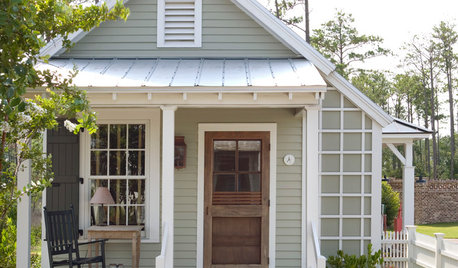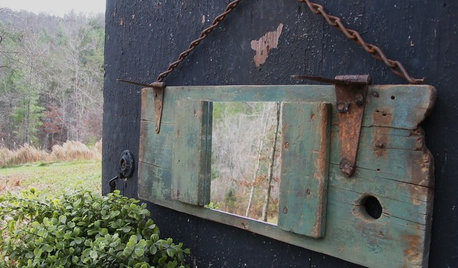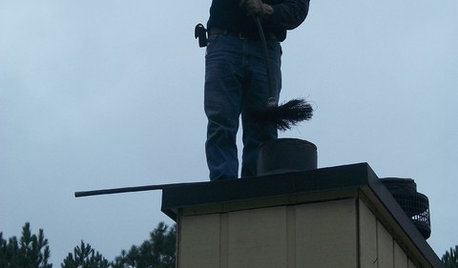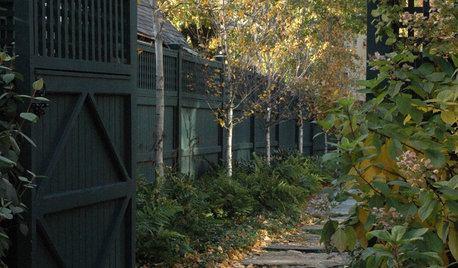Old 12 gage wire and new 12 gage wire
fhorta
9 years ago
Related Stories

MOVINGHow to Avoid Paying Too Much for a House
Use the power of comps to gauge a home’s affordability and submit the right bid
Full Story
INDUSTRIAL STYLESteampunk for the Powder Room
Pipes, gauges, dirigibles — old, in-your-face technology has romantic appeal in the iPhone age. Here's how to celebrate its glories at home
Full Story
FURNITUREThe (Baby Steps) Guide to Bold Upholstery
Gauge your comfort level with a dozen ideas for nudging your furniture beyond neutral
Full Story
DECORATING GUIDESDecorating on a Budget: 12 More Repurposing Ideas
Breathe new life into that old stuff for little to no cost
Full Story
DECORATING GUIDES12 Deadly Decorating Sins
Are your room designs suffering from a few old habits? It may be time to change your ways
Full Story
HOUSEKEEPING12 Steps to a Safe, Cozy Home for a New Year
From smoke detectors to furnace filters, let January 1 be a reminder of some must-dos around the house
Full Story
GARDENING AND LANDSCAPING12 Great Fences and Gates
Add Texture and Structure to your Garden With Fences with Flair
Full Story
DECORATING GUIDES12 Ways to Style Your Interior Photos Like a Pro
For great home photos, declutter, prop well, and tell a little story
Full Story
KITCHEN DESIGN12 Inspiring Real-Life Vintage Kitchens
Beautiful doesn't have to mean slick and new. See how these older kitchens make the most of their vintage style
Full Story
DECORATING GUIDES12 Ideas to Make a Great Entrance
Set the right tone for your house right off the bat by creating an entryway that caters to function but speaks to style
Full StoryMore Discussions









akamainegrower
fhortaOriginal Author
Related Professionals
Everett Kitchen & Bathroom Designers · Flint Kitchen & Bathroom Designers · Lockport Kitchen & Bathroom Designers · Martinsburg Kitchen & Bathroom Designers · Ridgefield Kitchen & Bathroom Designers · Reedley Kitchen & Bathroom Designers · South Farmingdale Kitchen & Bathroom Designers · Holden Kitchen & Bathroom Remodelers · Folsom Kitchen & Bathroom Remodelers · Kettering Kitchen & Bathroom Remodelers · Roselle Kitchen & Bathroom Remodelers · Skokie Kitchen & Bathroom Remodelers · Tempe Kitchen & Bathroom Remodelers · Thonotosassa Kitchen & Bathroom Remodelers · Fort Lewis Architects & Building DesignersfhortaOriginal Author
akamainegrower
fhortaOriginal Author
fhortaOriginal Author
kudzu9
fhortaOriginal Author
kudzu9
fhortaOriginal Author
akamainegrower
fhortaOriginal Author
User
fhortaOriginal Author
worthy
greg_2010